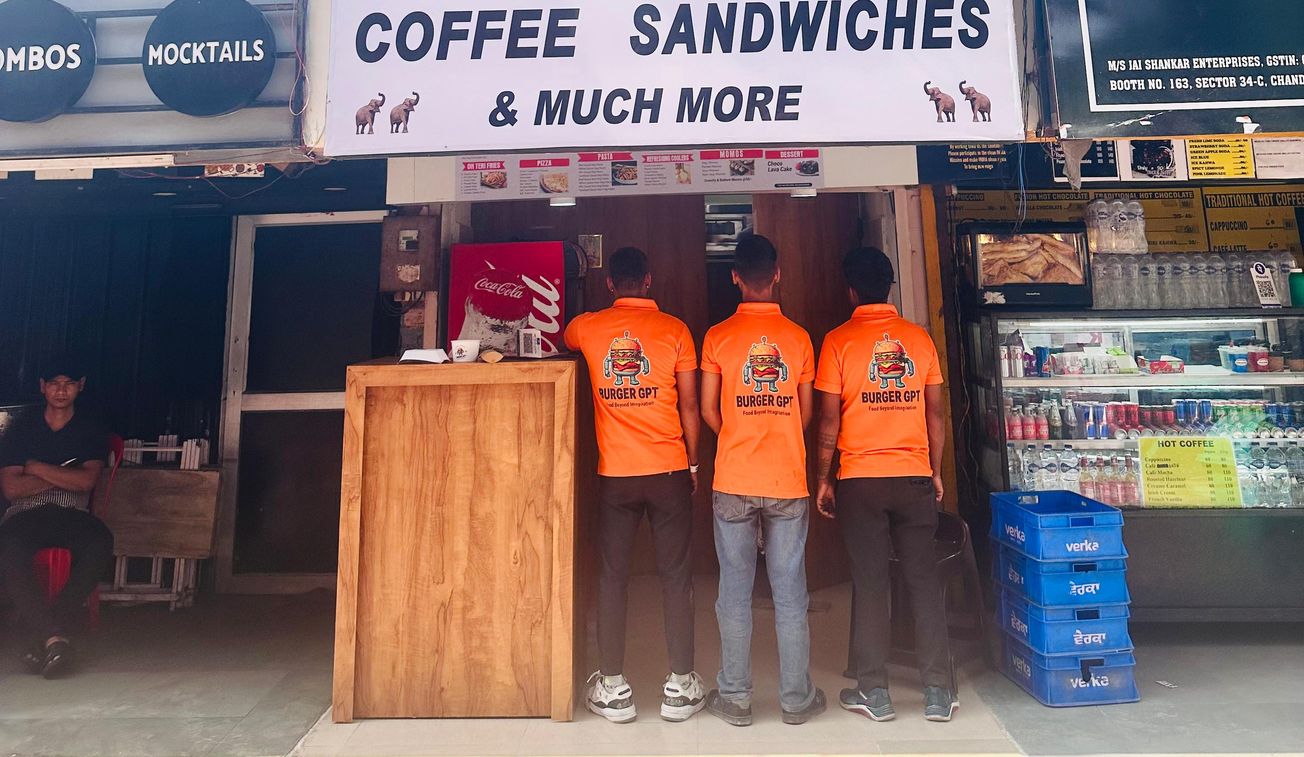On Wednesday, the NRO, National Reconnaissance Office, announced contracts worth billions of dollars over the next ten years to a trio of satellite-imagery firms: Blacksky, Planet, and Maxar.
Maxar’s 10-year EOCL deal is worth up to 3.24 billion USD, according to its securities filing, with a five-year basic contract for 1.5 billion USD and optional contracts worth up to 1.74 billion USD. As per details disclosed in a filing by BlackSky, its contract is valued at 1.02 billion USD over the next decade.
Planet has not yet released the value of its NRO award on Wednesday. However, the company spokesperson cited a “quiet period” for the delay. Notably, the company plans to announce quarterly results on 14th June 14.
The NRO hails the contracts as a “historic extension” of its acquisition strategy. The rising availability of commercial businesses’ imagery “raises our resilience and enables an integrated approach” to national security, it noted.
The National Reconnaissance Office (NRO) is the US organization in charge of a wide range of satellite-intelligence capabilities, including the operation of its own classified satellites.
Following the announcement, BlackSky shares gained 97 percent to 2.33 USD per share, while Planet’s stock rose 14 percent to 5.73 USD per share, and Maxar’s stock rose 18 percent to 28.86 USD per share.
More About the NRO Contract
EnhancedView was a single-vendor agreement negotiated with Maxar in 2010 for access to the company’s high-resolution imagery satellites and image archive, worth roughly $300 million per year.
The Electro-Optical Commercial Layer (EOCL) contract, which three suppliers share, has taken the place of the EnhancedView agreement.
“Maxar will continue to offer high-resolution commercial satellite imagery services to the NRO for use across the US defense and intelligence community,” under the EOCL, said the company.
The NRO will get access to the company’s existing WorldView and GeoEye four-satellite constellation and six new Legion spacecraft that have yet to be launched under the new deal.
The Market Research
The three firms chosen for the EOCL contract were predicted to win. After significant market research, including study contracts awarded in 2019 to BlackSky, Maxar, and Planet, the NRO issued the final EOCL request for bids in November after several years of signaling its plan to increase the pool of imaging providers.
The NRO was given access to the businesses’ business plans, finances, and expected capacity of their satellite constellations as part of the study contracts.
“Commercial imaging is a vital tool for sharing information and making decisions,” said Pete Muend, director of the NRO’s commercial systems program office. “EOCL enables us to fulfill a greater number of customer demands more promptly than ever before and to dedicate national systems to the most difficult and sensitive tasks.”
The NRO will buy several imagery products under the EOCL, including foundation data and conventional imagery, shortwave infrared, nighttime, non-Earth imaging, and direct downlink to US military remote ground terminals.
The NRO can also buy “point collection” services under this contract, in which the government can order a commercial satellite to collect pictures over a specific location. The NRO is investing in a new capability called non-Earth imaging of objects in space, which takes advantage of commercial satellites’ space situational awareness sensors.
The NRO will have access to Planet Labs’ high and medium resolution satellite imagery, said Planet Labs. Users will also access Planet’s next-generation, rapid-return Pelican fleet once in orbit and operating. Planet’s archive of over 2,000 photographs of every point on Earth, dating back to 2009, is also made available under the terms of the agreement.
According to Brian O’Toole, CEO of BlackSky, the NRO’s contract strongly endorses the company’s “dynamic monitoring, high-frequency imagery services.”
“It goes beyond what has been done previously using only fundamental pictures.” The company has 14 imaging satellites in operation.
Consider reading: The Booming Satellite Industry and Ways to Leverage the Trend for more details about the market.










